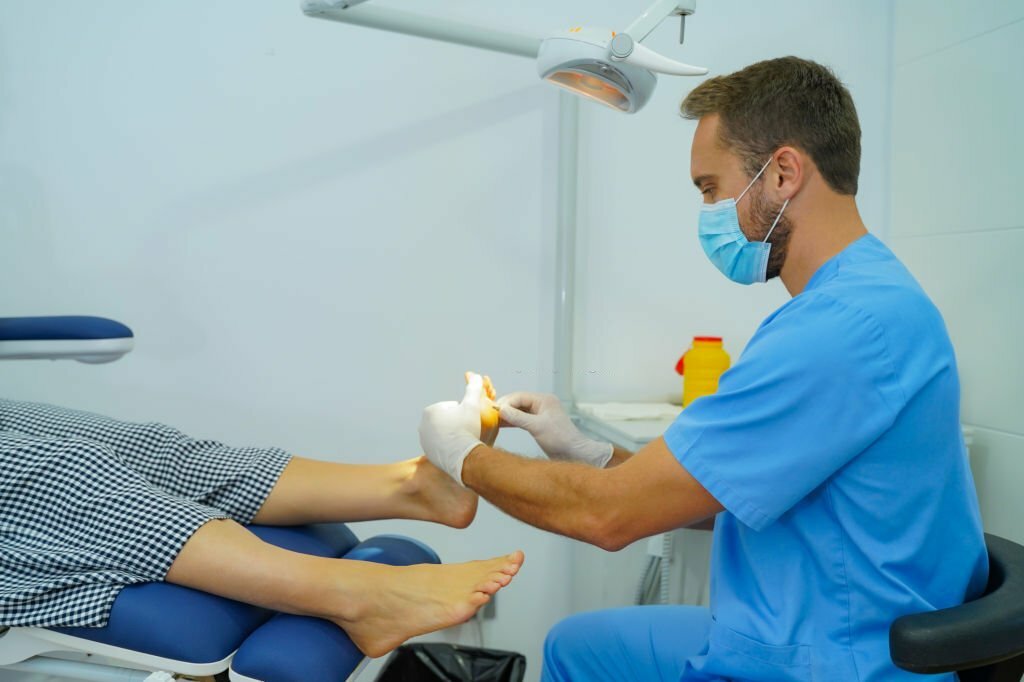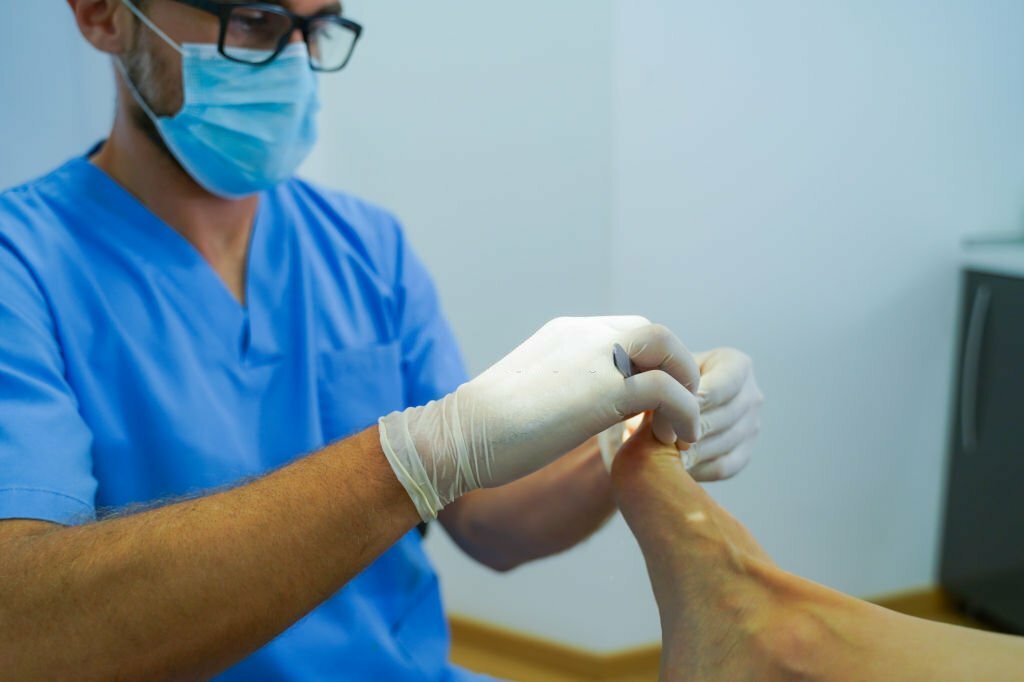Table of Contents
Uncover the latest advancements in plantar fasciitis medical devices. Our comprehensive guide provides insights into various solutions, from their types to how they’re used, all accompanied by a set of frequently asked questions.
Plantar fasciitis is a prevalent foot ailment characterized by inflammation of the plantar fascia, a dense band of tissue that traverses the underside of your foot. This inflammation often leads to sharp heel pain and discomfort, making even simple activities such as walking a daunting task. Thankfully, medical devices have emerged as indispensable aids in managing pain and facilitating the recovery process. In this article, we’ll take a deep dive into the realm of plantar fasciitis medical devices, providing guidance on selecting the right ones and comprehending their advantages.
The Spectrum of Plantar Fasciitis Medical Devices
Orthotic Insoles: Your Gateway to Comfort
Orthotic insoles serve as pivotal instruments in the battle against plantar fasciitis. These meticulously designed shoe inserts offer arch support, cushioning, and foot stability. They are readily available over the counter or can be customized by a podiatrist to cater to your specific needs.
By seeking immediate relief from plantar fasciitis pain through orthotic insoles, you’ll significantly enhance your walking experience. These insoles are engineered to rectify foot alignment and alleviate stress on the plantar fascia.
Night Splints: Easing Morning Discomfort
Plantar fasciitis pain is most pronounced in the morning, especially with the initial steps you take. Night splints are ingeniously crafted to combat this morning discomfort by maintaining dorsiflexion of your foot while you sleep. This gentle stretching of the plantar fascia can alleviate the tightness and morning pain often associated with the condition.
While it may take some time to adjust to night splints, they can be a vital component of your recovery strategy.
Compression Socks: Aiding Support and Pain Relief
Compression socks represent a less invasive option for managing plantar fasciitis. They function by enhancing blood circulation in your feet while mitigating inflammation. While they may not offer a standalone solution, they can effectively complement other treatments.
These socks come in a variety of styles, ensuring you find a comfortable and stylish choice for daily wear.

Plantar Fasciitis Braces: Providing Foot Stability
Plantar fasciitis braces are engineered to deliver support and stability to your foot. They frequently incorporate a strap that encircles your arch, creating a gentle lift and relieving pressure on the plantar fascia.
While not suitable for every case, these braces can be beneficial, particularly if you have high arches or other foot issues exacerbating your plantar fasciitis.
Foot Rollers: A Simple Route to Pain Relief
Foot rollers are user-friendly devices that enable you to massage the underside of your feet. Regular use can help loosen tight fascia, reduce pain, and enhance circulation. These rollers are an excellent addition to your daily self-care routine.
By incorporating foot rollers into your daily regimen, you can effectively manage your plantar fasciitis symptoms.
Physical Therapy Tools: Precise Healing
Physical therapists often employ specialized tools to address plantar fasciitis. These tools may include massage balls, resistance bands, and calf stretchers. While these devices are typically introduced during therapy sessions, they can also be used at home to sustain progress.
Collaborating with a physical therapist can guide you in determining the most suitable tools and exercises tailored to your unique condition.

Deploying Plantar Fasciitis Medical Devices
Living with plantar fasciitis can be demanding, but with the assistance of advanced medical devices and appropriate care, you can take significant strides towards relief. Here’s a brief guide on how to effectively utilize these devices:
Orthotic Insoles: Ensure they fit comfortably inside your shoes, providing the necessary support. Over time, you’ll notice an improvement in foot alignment and a reduction in pain. Click to read about Physical Therapist Home Health Jobs.
Night Splints: Wear them while you sleep to maintain gentle stretching of your plantar fascia, which can significantly reduce morning discomfort.
Compression Socks: Put them on daily to experience improved circulation and decreased inflammation.
Plantar Fasciitis Braces: Follow the guidance of your podiatrist for correct usage, especially if you have specific foot conditions.
Foot Rollers: Dedicate a few minutes each day to rolling your feet over the device, providing massage and pain relief.
Physical Therapy Tools: Collaborate with a physical therapist to receive expert guidance on the appropriate use of these tools, which will expedite your recovery.
Common Questions
How soon can I expect results from plantar fasciitis medical devices?
Results may vary, but many individuals report relief within a few weeks of consistent usage.
Can I use multiple medical devices simultaneously?
Yes, combining devices like insoles, night splints, and compression socks can offer comprehensive relief.
How frequently should I replace these medical devices?
The lifespan of medical devices varies, but it’s advisable to replace them when signs of wear and tear become evident to ensure optimal performance.
Can I continue to exercise with plantar fasciitis?
Exercise is encouraged, but it should be modified to reduce strain on the affected foot. Consult with a healthcare provider for personalized guidance.
Final Result
Plantar fasciitis can be an incapacitating condition, however, with the resource of modern-day medical gadgets and a complete care approach, you may reclaim your mobility and stay unfastened from aches. Always take into account to consult with a healthcare professional for a customized technique to cope with your plantar fasciitis. The numerous range of clinical devices to be had guarantees you’ll discover a solution tailored to your precise desires.

